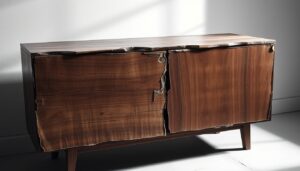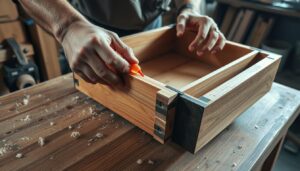Have you ever struggled with a drawer that refuses to budge or won’t close properly? It’s a frustrating experience that can disrupt your daily routine.
Properly functioning drawers are essential in kitchens, bedrooms, and other living spaces. When slides get stuck, it can be a significant problem. Fortunately, most drawer slide issues can be resolved with simple DIY solutions, saving you time and money.
This guide will walk you through the comprehensive solutions to fix stuck drawers and get them opening and closing smoothly again. Whether you’re dealing with kitchen cabinet hardware or dresser drawers, our guide is suitable for various types of drawer slides and furniture.
Key Takeaways
- Simple DIY solutions can resolve most stuck drawer issues.
- Proper maintenance can significantly extend the life of slides.
- Fixing drawer slides can save you money compared to replacement.
- Our guide is applicable to various types of furniture and drawer slides.
- Learn how to get your drawers opening and closing smoothly again.
Understanding Drawer Slide Problems
Drawer slides can be temperamental, and understanding the root cause of the problem is crucial to fixing it. To begin, it’s essential to familiarise yourself with the different types of drawer slides and their potential issues.
Common Types of Drawer Slides
There are several types of drawer slides, including roller and ball bearing slides.
Roller Drawer Slides
Roller drawer slides use rollers to facilitate smooth drawer movement.
Ball Bearing Drawer Slides
Ball bearing drawer slides utilise ball bearings for gliding drawers, offering a more premium experience.
Signs of a Problematic Drawer Slide
A problematic drawer slide can manifest in various ways, such as sticking, squeaking, or uneven movement.
Tools You’ll Need for Drawer Slide Repairs
To diagnose and repair drawer slide issues, you’ll need a few essential tools, including a Phillips Number 2 screwdriver, pliers, a home vacuum with attachments, a soft clean cloth, and a lubricant.
For fixing drawer slides, having the right lubricant is crucial. You can use silicone, graphite, or Teflon-based lubricants to keep your drawer slides running smoothly.
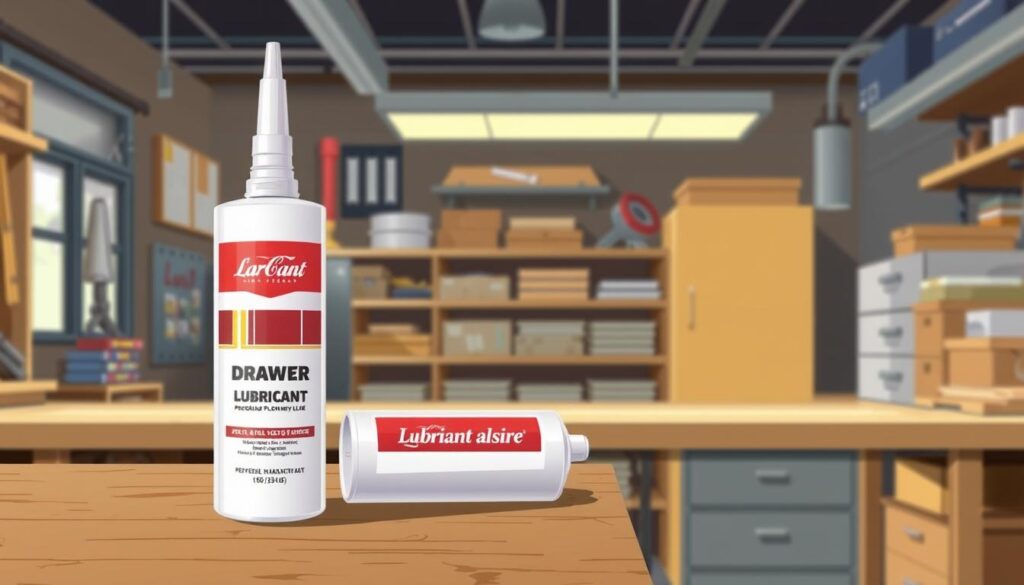
Diagnosing Why Your Drawer Slide is Stuck
A stuck drawer slide can be frustrating, but diagnosing the problem is the first step towards a solution. To fix the issue, you need to identify the underlying cause.
Checking for Obstructions and Debris
Start by inspecting the drawer slide for any obstructions or debris. Dust, dirt, or objects stuck in the slide can cause it to jam. Remove any debris you find, as this simple step often resolves the issue.
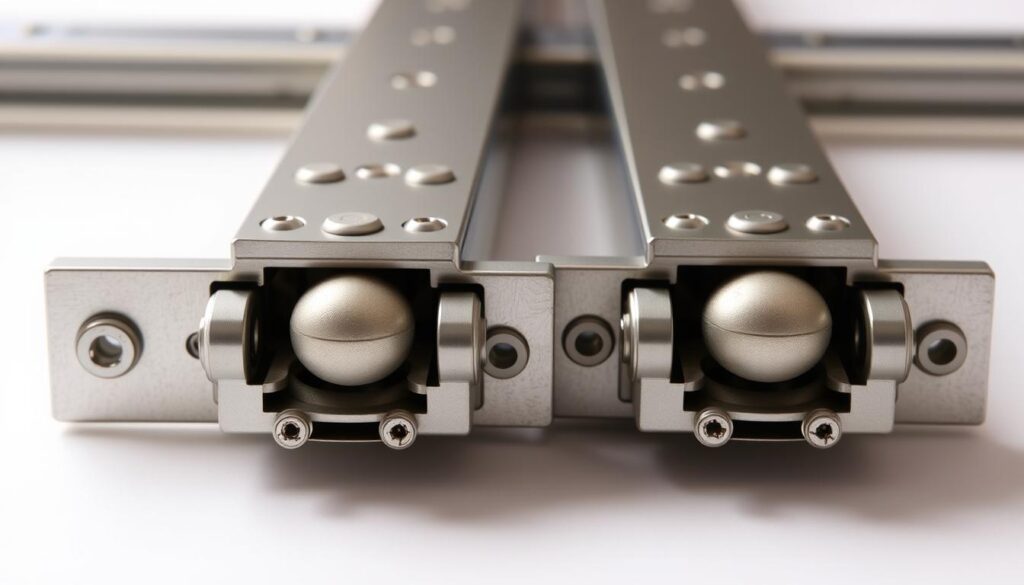
Identifying Damage to Drawer Slides
Next, examine the drawer slides for any signs of damage. Bent or warped slides can prevent the drawer from moving smoothly. Check for any visible damage or wear on the slides.
Assessing Alignment Issues
Misaligned drawer slides can also cause sticking. Verify that the slides are properly aligned with the cabinet and the drawer. Adjust the slides if necessary to ensure proper alignment.
Examining Loose Hardware
Over time, screws that hold the slides in place may loosen, causing the drawer to stick. Inspect the screws by wiggling them with your finger or gently pushing the slides up and down. Tighten any loose screws you find using a screwdriver.
By following these steps, you can diagnose and often fix the issue with your stuck drawer slide. Regular maintenance, such as checking and tightening screws, can help prevent future problems.
Fixing a Stuck Drawer Slide: Step-by-Step Solutions
You can easily fix a stuck drawer slide by following a step-by-step guide. This process involves several key steps to ensure your drawer operates smoothly again.
How to Properly Remove a Drawer
To start, you need to remove the drawer from the cabinet. To do this, pull the drawer out until it stops, then lift it slightly to disengage the slides from the tracks. Be careful not to force it, as this could damage the slides or the drawer itself.
Cleaning and Removing Debris
Once the drawer is removed, inspect the slides and tracks for any debris or dust. Use a soft brush or cloth to clean out any obstructions. Regular cleaning can prevent future sticking issues.
Lubricating Drawer Slides Correctly
After cleaning, apply a suitable lubricant to the slides. For drawer slides, a silicone-based lubricant is recommended as it provides smooth operation without attracting dust. Apply a small amount to the slides and tracks, then wipe off any excess.
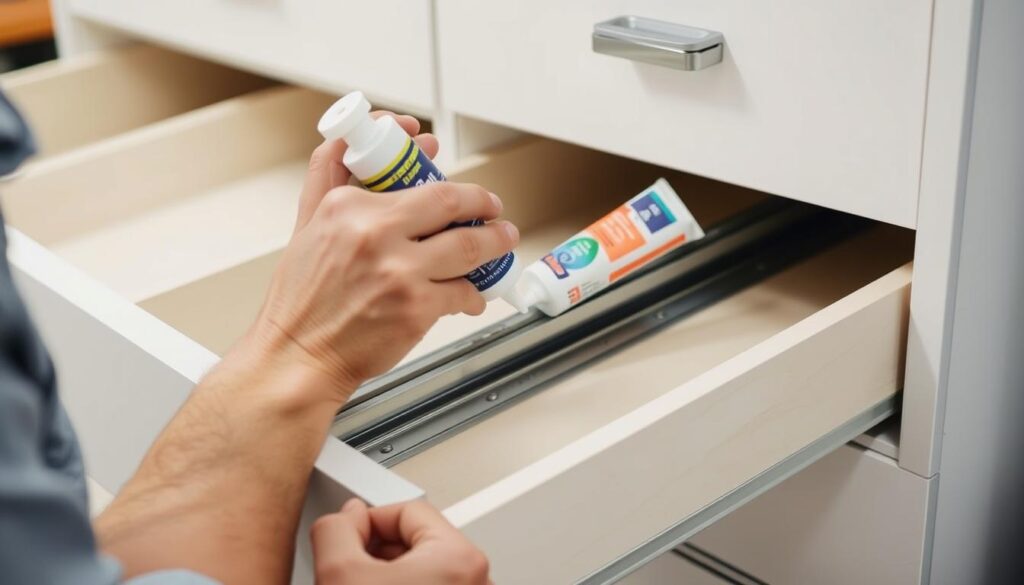
Adjusting and Realigning Drawer Slides
If the drawer slide is still problematic, check if it needs adjusting. To do this, loosen the screws holding the slide in place, adjust it to the correct position, and then tighten the screws. Ensure it’s properly aligned to prevent future issues.
Tightening Loose Screws and Hardware
Check all screws and hardware related to the drawer slide. Tighten any loose screws firmly but avoid over-tightening, which can damage the slides or strip the screws. Use a manual screwdriver for better control.
When to Replace Drawer Slides
Knowing when to replace your drawer slides can save you time and effort in the long run. If your drawer slides are damaged or worn out, it may be more cost-effective to replace them rather than attempting to repair them.
Signs That Drawer Slides Need Replacement
You should consider replacing your drawer slides if you notice signs such as excessive wear, rust, or corrosion. If the slides are damaged beyond repair or are causing the drawer to stick or jam, replacement is likely the best option.
Choosing the Right Replacement Slides
When selecting replacement drawer slides, ensure they match the type and size of the original slides. Consider factors such as the weight capacity and material to ensure compatibility with your drawer and cabinet.
Step-by-Step Slide Replacement Guide
To replace your drawer slides, start by removing the drawer and taking note of the slides’ current position. Unlatch and separate the two halves of each new slide. Remove the screws holding the old slides in place, then remove the slide components from both the drawer and the cabinet. Screw the outer, cabinet-side halves of the new slides onto the cabinet, and the remaining drawer-mount halves onto the sides of the drawer. Finally, slide the drawer into place, ensuring it clicks into position at the back.
By following these steps, you can successfully replace your drawer slides and ensure smooth operation of your drawers. Remember to test the new slides after installation and make any necessary adjustments.
Preventing Future Drawer Slide Problems
By following a few simple tips, you can significantly extend the life of your drawer slides and keep your furniture functioning smoothly. Regular maintenance is crucial to prevent debris from building up inside your drawers. To achieve this, make sure to clean your drawers periodically and avoid overloading them, as excess weight can put strain on the slides.
Using high-quality drawer slides is also essential. Check your drawer slides periodically to ensure they’re properly aligned and lubricated. If you notice any damage, replace them as soon as possible to prevent further issues. Apply a lubricant to the slides to keep them running smoothly. For wood or metal slides, use a silicone-based lubricant to reduce friction.
Proper maintenance can help you avoid costly repairs or replacements down the line. By taking the time to regularly inspect and maintain your drawer slides, you can ensure they continue to operate effectively for years to come.

